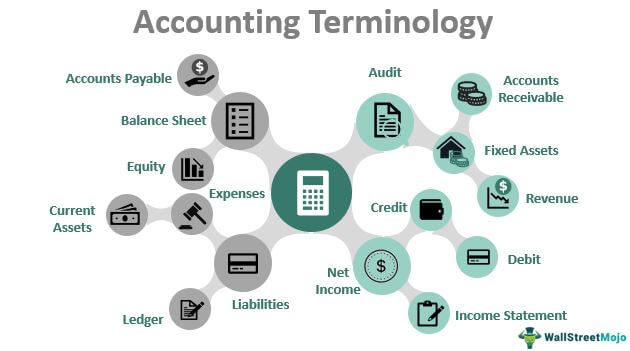Basic Accounting Terminologies


Double entry system
Double entry system was introduced to the business world by an Italian merchant named Lucas Pacioli in 1494 A.D. Though the system of recording business transactions in a systematic manner has originated in Italy, it was perfected in England and other European countries during the 18th century only i.e., after the Industrial Revolution. Many countries have adopted this system today.
Double-entry book keeping is a system of account keeping wherein all the financial transaction of an enterprise are recorded in a manner to show the effect on the assets, the liabilities, the owner's equity, the revenue , and the expenses .
Double Entry System of Bookkeeping refers to a system of accounting under which both the aspect (i.e. debit and credit) of every transaction are recognized and recorded in the accounts . It may be defined as system which analyses the transcations and events into debit and credit and records both the aspects in chronological manner. The terms debit and credit connote in accounting is to specify the effect of the financial transcations and events on side of an account. The system is called double entry accounting system because each transaction is supported by an entry or entries which contain an equality of debits and credits. Each entry effects at least two account.
Given below are some of the examples of double effects:
a) If someone receives something – the receiver and giver are affected simultaneously.
b) If some money is spent – outgoing of money and benefit arising from it is affected simultaneously.
c) If some money is received – receipt of money and providing benefit arriving from it is affected simultaneously, etc.
BASIC CLASSIFICATION OF ACCOUNTS AND ACCOUNTING RULE
An account is a summary of the relevant transactions at a one place relating to a particular head.
As per traditional debit-credit approach, fundamentally, account may be divided into two major
classes:
a) Personal Account
b) Impersonal Account
The impersonal accounts may further be sub-classified into
(1) Real Accounts
(2) Nominal Accounts
a. Personal Accounts
Personal accounts are those accounts which relate to someone i.e. all accounts bearing personal
names are termed as personal accounts. These accounts relate to natural person, artificial persons
and representative persons. These accounts basically deal with advances, receivables, creditors,
capital and liabilities.
These accounts are classified in to three categories
a) Natural personal accounts –the term natural persons mean persons who are creation of god.
For e.g.;-Raja‘s account, Dahal‘s account etc
b) Artificial personal accounts-these accounts includes accounts of corporate bodies or
institutions. For e.g.;- Hari Trader's Account, Ram & Son's Account, etc.
c) Representative personal account-these are accounts which represents certain person or group
of persons. For example salary due, rent outstanding etc
Accounting Rule
Debit : The receiver
Credit : The giver
b. Impersonal Accounts:
Accounts, which are not personal in nature such as machinery account, cash account, rent
account, salary account etc. are called impersonal accounts. These can be further sub-divided as
follows:
i. Real Account
Real accounts are accounts, which relates to property or assets of the firm but not debt. These
accounts relate to tangible or intangible assets. For example, accounts regarding land, building,
investment, goodwill etc. are real account. Cash in hand and cash at bank account are also real
account.
Accounting Rule
Debit : What comes into the business or addition to an asset
Credit : What goes out from the business
ii. Nominal Account
Nominal accounts are those, which explain the sources of revenue and expenses. These accounts
relate to expenses, losses, income and gains. The net result of all the nominal accounts is referred
as profit or loss, which is transferred to the Balance Sheet. Thus these accounts constitute the
basis for the preparation of the Statement of Profit or Loss.
Accounting rule
Debit : All expenses and losses
Credit : All income and gains
Therefore, debits in expenses accounts increases the total expenses, while credit will decrease the same. Similarly, debit items decrease revenue accounts and credit item will increase the revenue accounts. In a normal situation, there will be no credit entry in an expense account.
Similarly, there will be no debit entry in an income account.